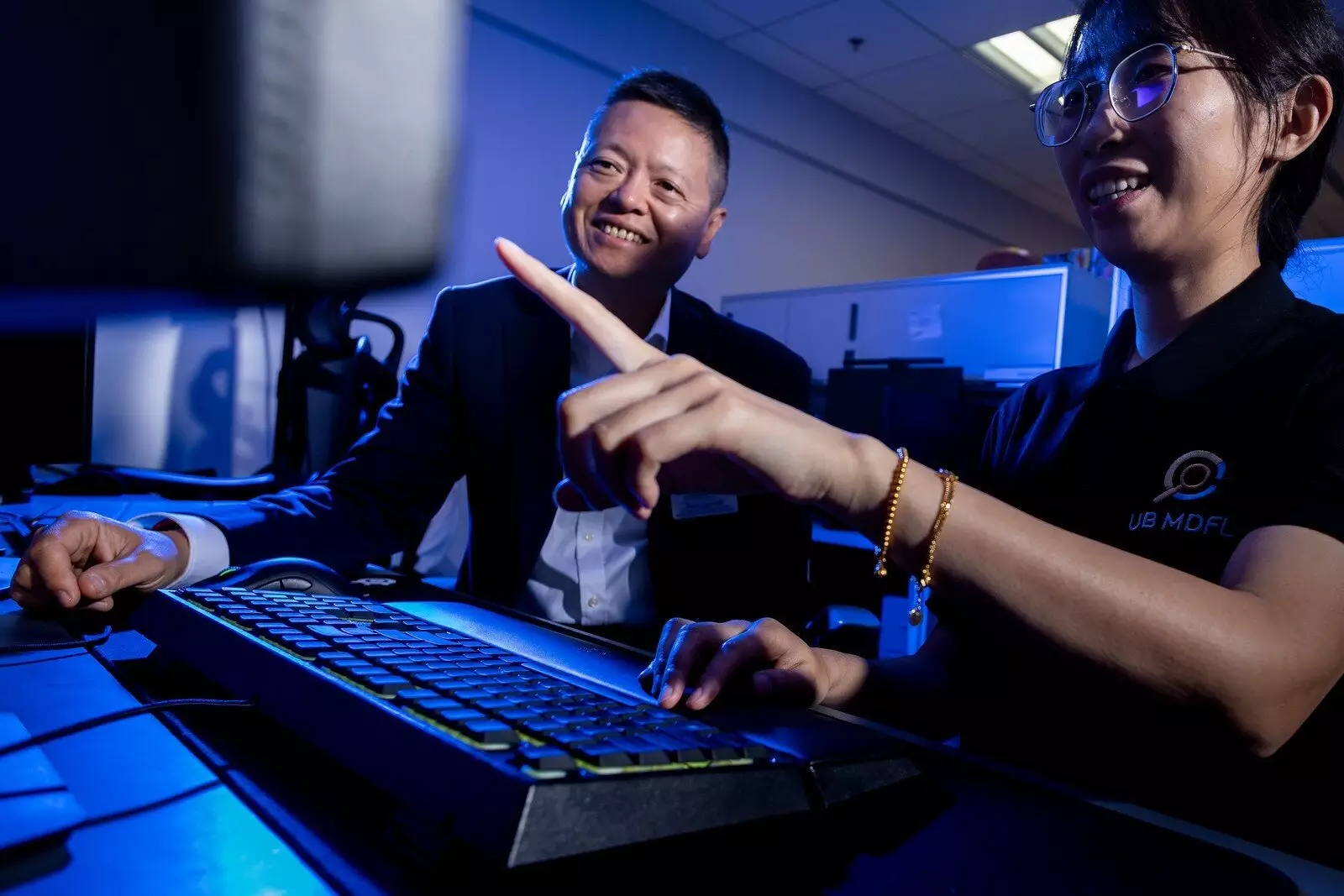In today’s digital age, misinformation can propagate at an alarming rate, fueling social media firestorms and sparking public confusion. Misleading images, videos, and audios can easily be shared, often outpacing the efforts of fact-checkers and scholars alike. Some of the best tools designed for identifying these falsehoods are currently reserved for academia and research institutions. Experts like Siwei Lyu, a deepfake specialist from the University at Buffalo, highlight the challenges faced by journalists, law enforcement, and everyday social media users in their quest for accurate information. The urgency of immediacy often means that these groups rely on individuals like Lyu to discern the credibility of media content—a situation that can be less than ideal.
Recognizing the need for a more inclusive approach to deepfake detection, Lyu and his team at the UB Media Forensics Lab have developed the DeepFake-o-Meter, an innovative platform aimed at democratizing access to sophisticated deepfake detection technologies. This open-source, web-based solution allows anyone to create a free account and upload images, audio, or video files for analysis. The DeepFake-o-Meter utilizes state-of-the-art algorithms to assess the likelihood that a given piece of media is AI-generated—providing results in under a minute. It has gained considerable traction, receiving over 6,300 submissions since its launch, and has been instrumental in examining significant events, such as fabricated political statements and messages.
At its core, the DeepFake-o-Meter is designed to bridge the troublesome gap between public awareness and academic research in the field of digital integrity. Lyu envisions a world where social media users are better informed and equipped with tools that provide immediate feedback on media authenticity. The platform emphasizes collaboration between the research community and the public to confront the growing challenges posed by deepfakes. The wide-ranging implications of misinformation necessitate a unified approach that combines academic insight with real-world applications.
Utilizing the DeepFake-o-Meter is a straightforward process. Users simply drag and drop their media files into the designated upload box. They can also select from various detection algorithms that are organized based on metrics such as accuracy and processing time. Each algorithm offers a percentage likelihood that the content was generated or manipulated through AI technologies. The emphasis here is on transparency; while deepfake detection algorithms may yield accurate results, they often do so without revealing their underlying processes. The DeepFake-o-Meter counters this trend by openly disclosing its algorithms, ensuring that users are aware of the analytical methods applied in their assessments.
One of the unique aspects of the DeepFake-o-Meter is its commitment to continuous improvement through user feedback. As users upload suspected deepfakes—often 90% of submissions fall into this category—the algorithms learn from new data, allowing them to remain effective against the evolving landscape of misleading media. Lyu emphasizes the importance of ongoing algorithm refinement, as the dynamic nature of deepfake technology demands a responsive approach.
Looking forward, Lyu has ambitions to enhance the DeepFake-o-Meter’s features further. One of his goals is to develop capabilities that not only detect altered content but also trace it back to the originating AI tools utilized in its creation. By understanding the technology behind misleading media, users may gain insights into not just the content’s legitimacy but also the motivations and intentions of its creators.
While cutting-edge algorithms are incredibly proficient at identifying artificial alterations that may surpass human capabilities, Lyu stresses the indispensable role of human judgment in this equation. Algorithms lack the contextual understanding and semantic knowledge that humans possess—elements crucial for discerning the subtleties of reality. Thus, a balanced approach involving both technology and human insight is essential for successful media verification.
Ultimately, Lyu envisions the DeepFake-o-Meter evolving into an interactive community space, akin to a collaborative marketplace for “deepfake bounty hunters.” By fostering communication and knowledge-sharing among users, the platform can empower individuals to assist one another in analyzing AI-generated content. This communal effort embodies a vital step towards combating misinformation, creating an informed public that can engage critically with the content they encounter online.
The rise of misinformation calls for innovative solutions that stretch beyond current methodologies. Through tools like the DeepFake-o-Meter, we can begin to unravel the complex web of digital deception, bridging the gap between research and public engagement in the ongoing fight for truth in media.

